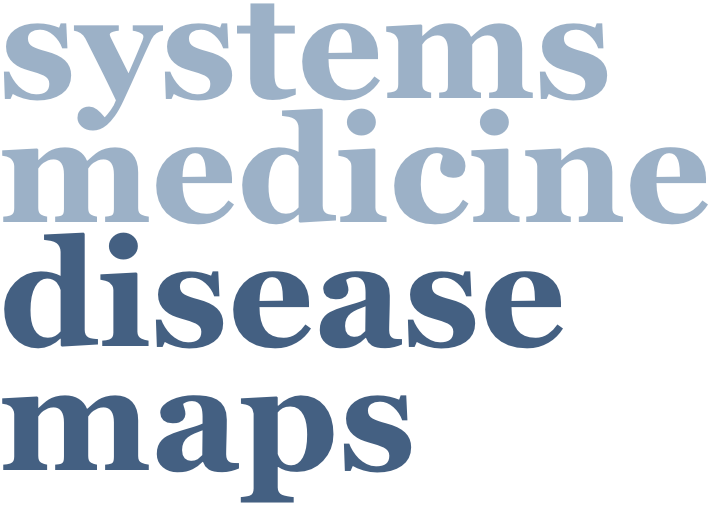
[back to the DMCM’25 Programme]
Title:
Understanding plant-based drug mode of action using network pharmacology approach by mapping a drug interactome to disease maps
Authors:
Soorya Janakiraman, Matti Hoch, Konstantin Cesnulevicius, David Lescheid, Myron Schultz, Olaf Wolkenhauer, and Shailendra Gupta
Abstract:
Understanding a drug’s mode of action (MoA) is crucial for maximizing drug effectiveness, minimizing risks, and ensuring regulatory approval. This allows the design of synergistic drug combinations that enhance efficacy while reducing side effects. Understanding drug MoA can also tailor personalized treatments depending on the patient’s disease state, genetic makeup, metabolism, and comorbidities. However, for natural plant-based drugs that contain hundreds of potential bioactive compounds, identifying the drug MoA is challenging.
Recently, we developed several multi-layered and directed disease maps, for example, the Atlas of Inflammation Resolution (AIR, https://air.bio.informatik.uni-rostock.de) [1], metabolic dysfunction-associated steatotic liver disease (MASLD, https://www.sbi.uni-rostock.de/masld), and sarcopenia (https://air.elixir-luxembourg.org/minerva/index.html?id=EnergieMap_v5) [2], with analysis tools [3] that can be used for exploring the combined drug effects on disease-specific large-scale networks [4].
Here, we present a drug-protein interactome to investigate the effects of two natural multi-component plant-based formulations on MASLD. By mining natural product databases for known plant compounds and validating the results using untargeted mass spectrometry, we identified 971 unique chemical compounds present in their plant components. Furthermore, using various drug target databases and pharmacophore-based virtual screening, we were subsequently able to determine potential biological targets for 844 of the 971 compounds. The MASLD molecular interaction map (MIM) contains ~16T proteins, of which ~4T proteins are either up or downregulated by these bioactive compounds.
After mapping the drug interactome on the MASLD Map, we predicted how multiple molecular targets are regulated by bioactive molecules from the plants and how these interactions propagate through biological networks to produce a phenotypic outcome using our previously published network inference algorithms [3]. Our preliminary analyses suggest that some bioactive molecule combinations may downregulate autophagy, glycogenolysis, T-cell receptor response, lipolysis, and glycolysis. The most upregulated phenotypes were Kupffer cell response, apoptotic process, macro-autophagy, M2 macrophage phenotype and behavior, and ketogenic acid.
The primary goal of this work is to present a computational workflow that highlights how the hundreds of bioactive molecules in a complex plant combination affect the entire disease map.
References:
- Serhan, C. N. et al. Mol Aspects Med 2020, 74, 100894.
- Hoch & Ehlers et al. Frontiers in Nutrition 2022, 9.
- Hoch, M. et al. NPJ Systems Biology and Applications 2022, 8:1 8, 1–11.
- Hoch, M. et al. Journal of Inflammation 2023, 20, 1–15.